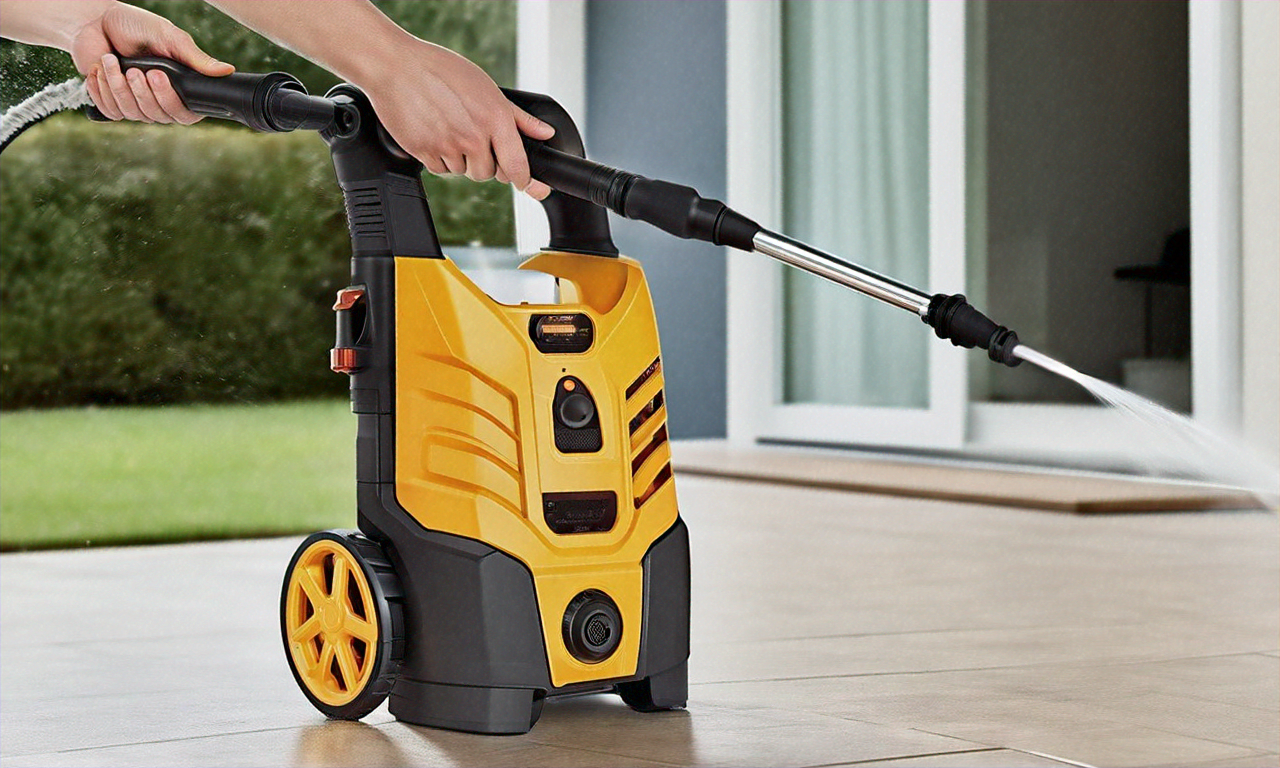Home Pest Control: Complete Guide to Protecting Your House
Discover practical strategies for keeping pests out of your home, from everyday prevention to professional treatments. This comprehensive guide covers Integrated Pest Management (IPM), safe product use, DIY versus exterminator services, and cost comparisons to help you choose the best approach for your family's health and property.

Prevention: Your Primary Line of Defense
Creating conditions that are unattractive to pests is the smartest long-term strategy. Start by sealing gaps and cracks around windows, doors, utility pipes, and other potential entry points. Good housekeeping — storing food in airtight containers, wiping down counters, vacuuming regularly, and removing clutter — reduces food and shelter for insects. Addressing moisture problems like leaky pipes, poor drainage, or high indoor humidity will deter roaches, ants, and rodents. Routine home upkeep and yard care, such as trimming vegetation away from the foundation and keeping compost or woodpiles away from the house, also reduce the chance of infestations.
When to Choose DIY and When to Call a Pro
Minor pest sightings can often be managed with targeted store-bought products and methodical sanitation. Baits, traps, and ready-to-use sprays are effective for small ant trails, single roaches, or isolated mice. However, larger or persistent invasions, signs of structural damage (like termites), or pests that pose health risks warrant professional help. Pest control companies perform thorough inspections, identify contributing factors, and apply treatments specifically matched to the pest and property. Professionals also have access to commercial-grade materials and specialized equipment, and they can set up ongoing maintenance plans that many homeowners cannot replicate safely or effectively.
Integrated Pest Management (IPM): A Balanced Strategy
Modern pest control increasingly relies on Integrated Pest Management, which uses a combination of tactics to manage pests sustainably. IPM prioritizes non-chemical approaches first: biological controls (natural predators), physical barriers (sealing, screens, traps), and cultural measures (sanitation and habitat modification). Chemical treatments are reserved for situations where other methods are insufficient, and they are applied in a targeted, judicious manner to minimize environmental and human impact. The goal of IPM is long-term suppression of pests with the least possible risk to people, pets, and beneficial organisms.
Safe Practices for Treating Pests at Home
Safety should guide every pest-control decision. Select products labeled for indoor use when treating inside living spaces and always follow label directions regarding application, ventilation, and re-entry times. Avoid spraying near food preparation surfaces, and clean treated areas according to product guidance. Consider household members — infants, elderly people, and pets are more vulnerable to some chemicals — and choose low-toxicity solutions when possible. Store pesticides and baits in locked cabinets, out of reach of children and pets, and dispose of unused or expired products according to local regulations.
Comparing Professional Pest Control Services
| Service Provider | Typical Basic Package | Notable Extra Features | Average Cost Range |
| Orkin | Quarterly visits, re-treatments included | Customized pest plans, termite protection options | $45–$75 per month |
| Terminix | Bi-monthly service with satisfaction guarantee | Coverage for wood-destroying organisms | $50–$80 per month |
| Rentokil | Monthly treatments and around-the-clock support | Access to commercial-grade solutions | $40–$70 per month |
Prices and service details vary by region and over time. Use this table as a general reference and verify current plans and pricing directly with providers before making decisions.
Bringing It All Together: Monitoring and Maintenance
Effective pest control combines prevention, accurate identification, and the right mix of interventions. Whether you choose a do-it-yourself approach or hire a professional, consistent monitoring is essential. Regular inspections and prompt responses to early signs of pests prevent small problems from escalating into major infestations. Implement preventive measures, follow safe-use guidelines for any products used, and consult professionals for persistent or high-risk issues to keep your home healthy and pest-free.






